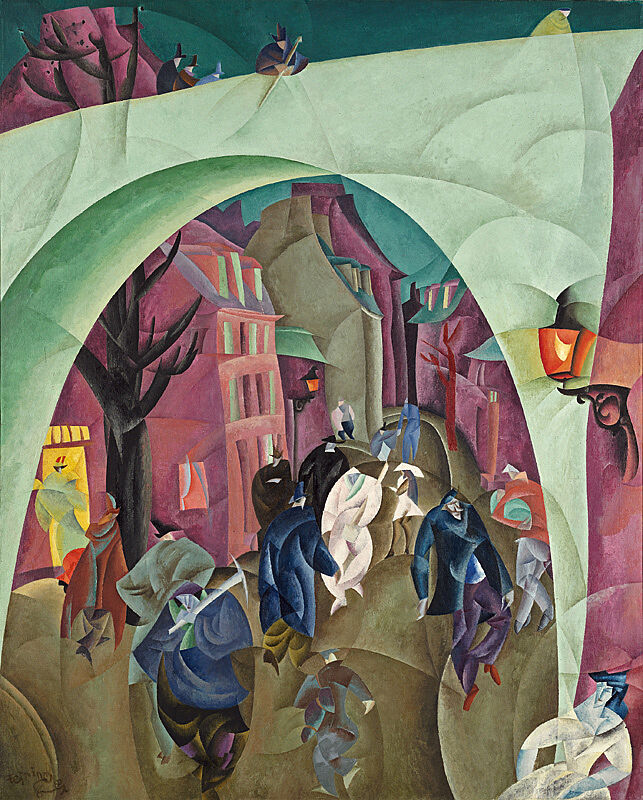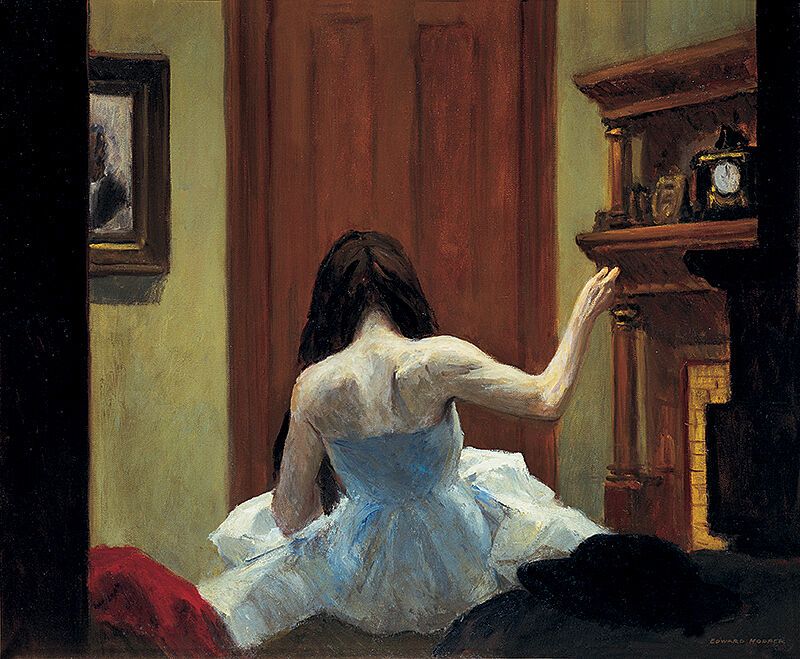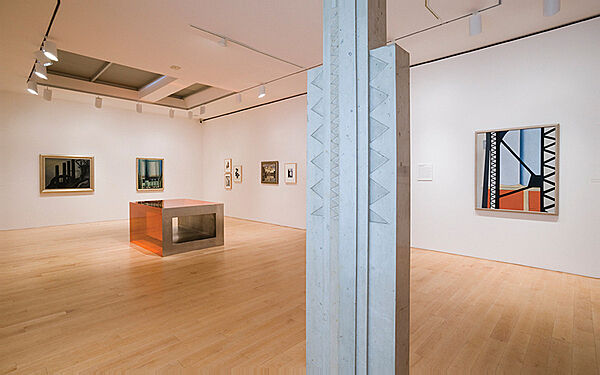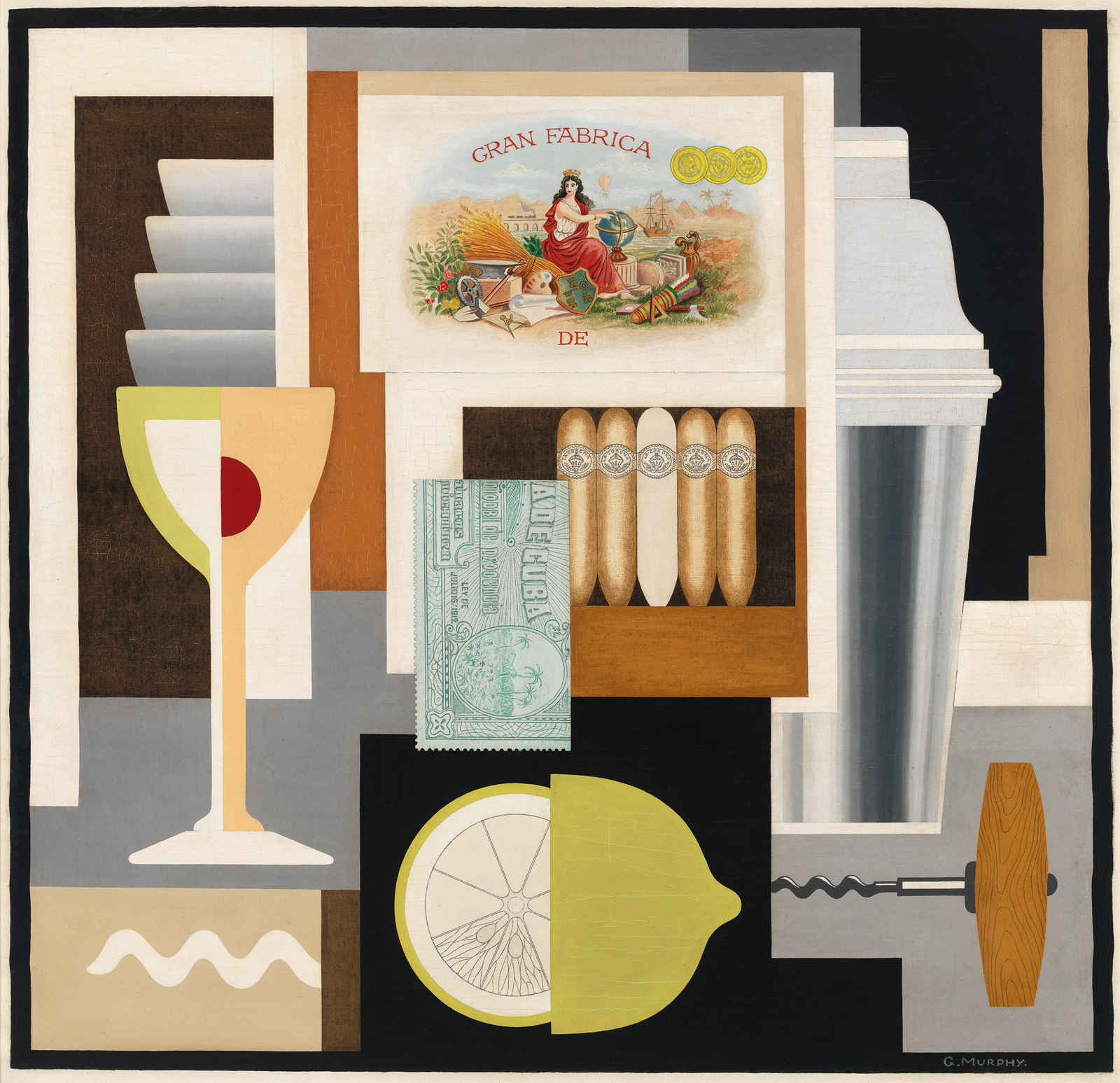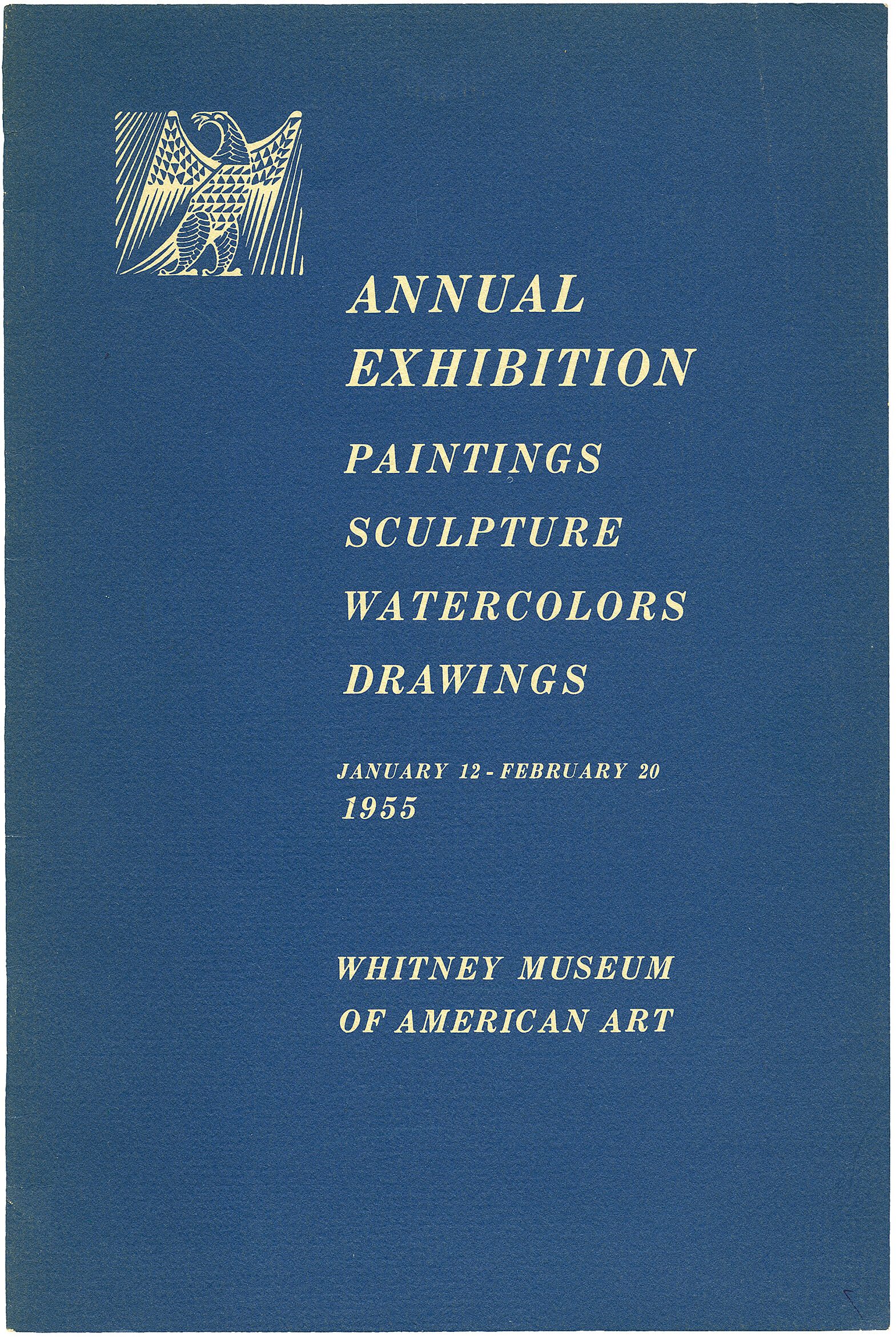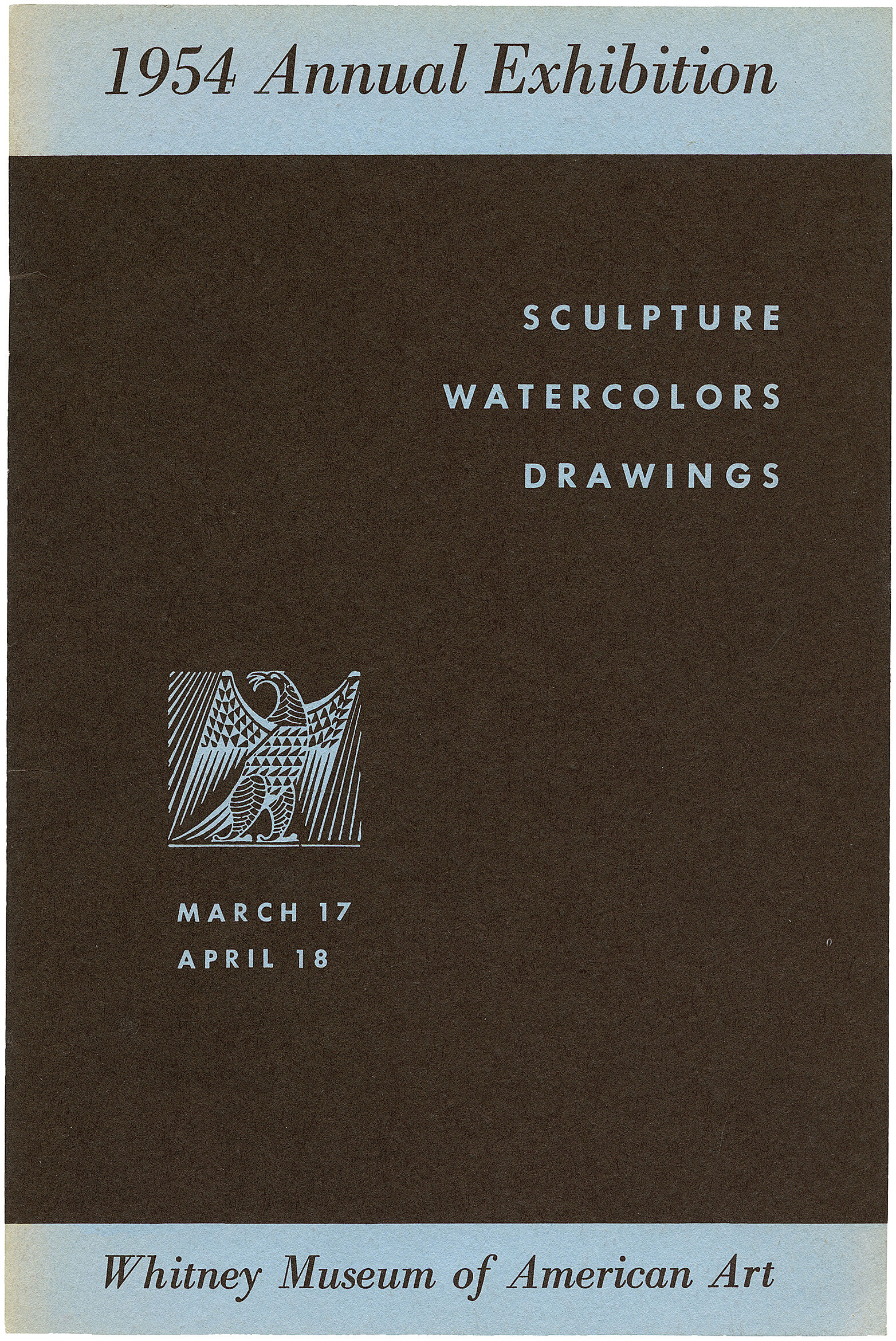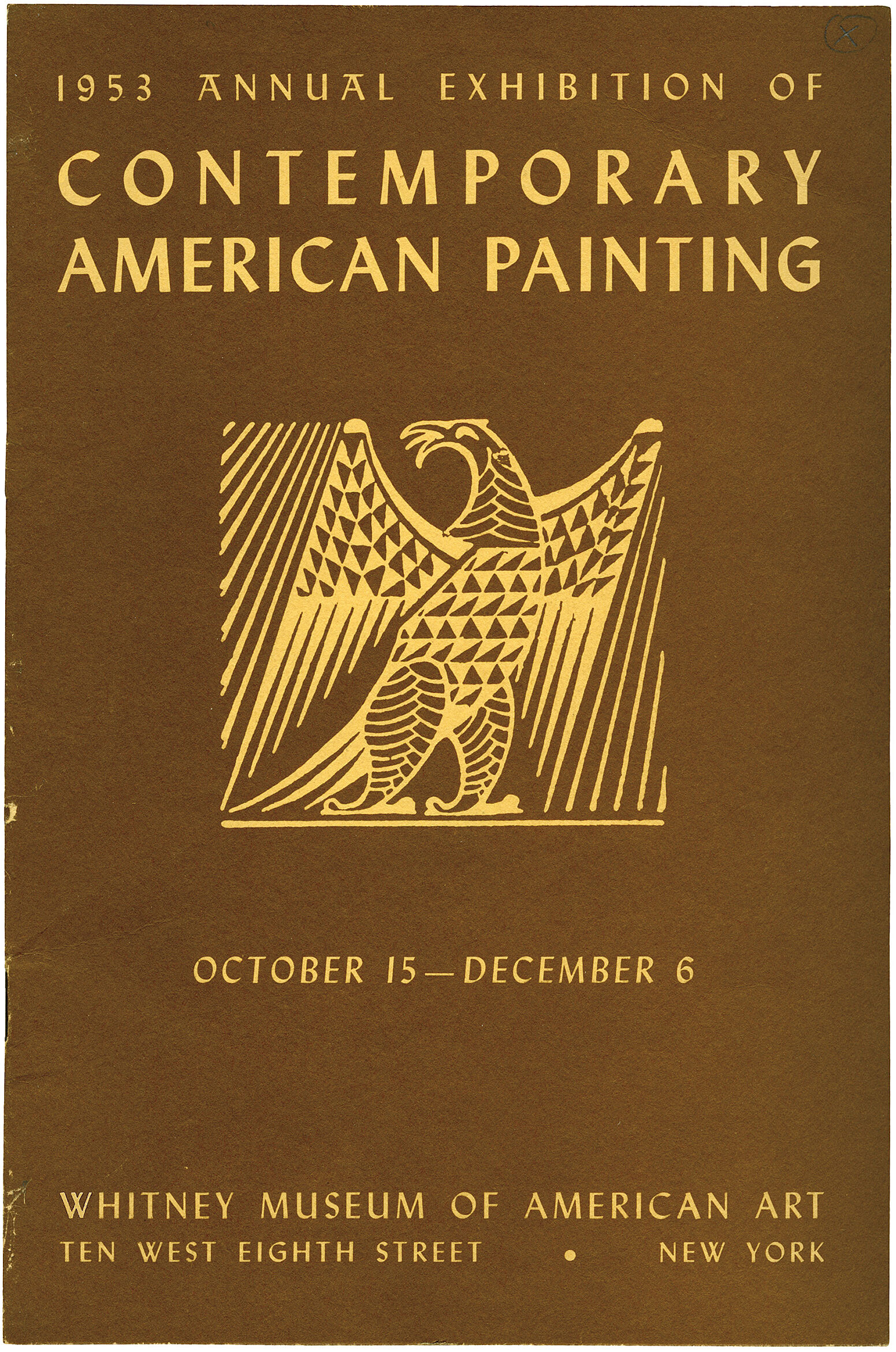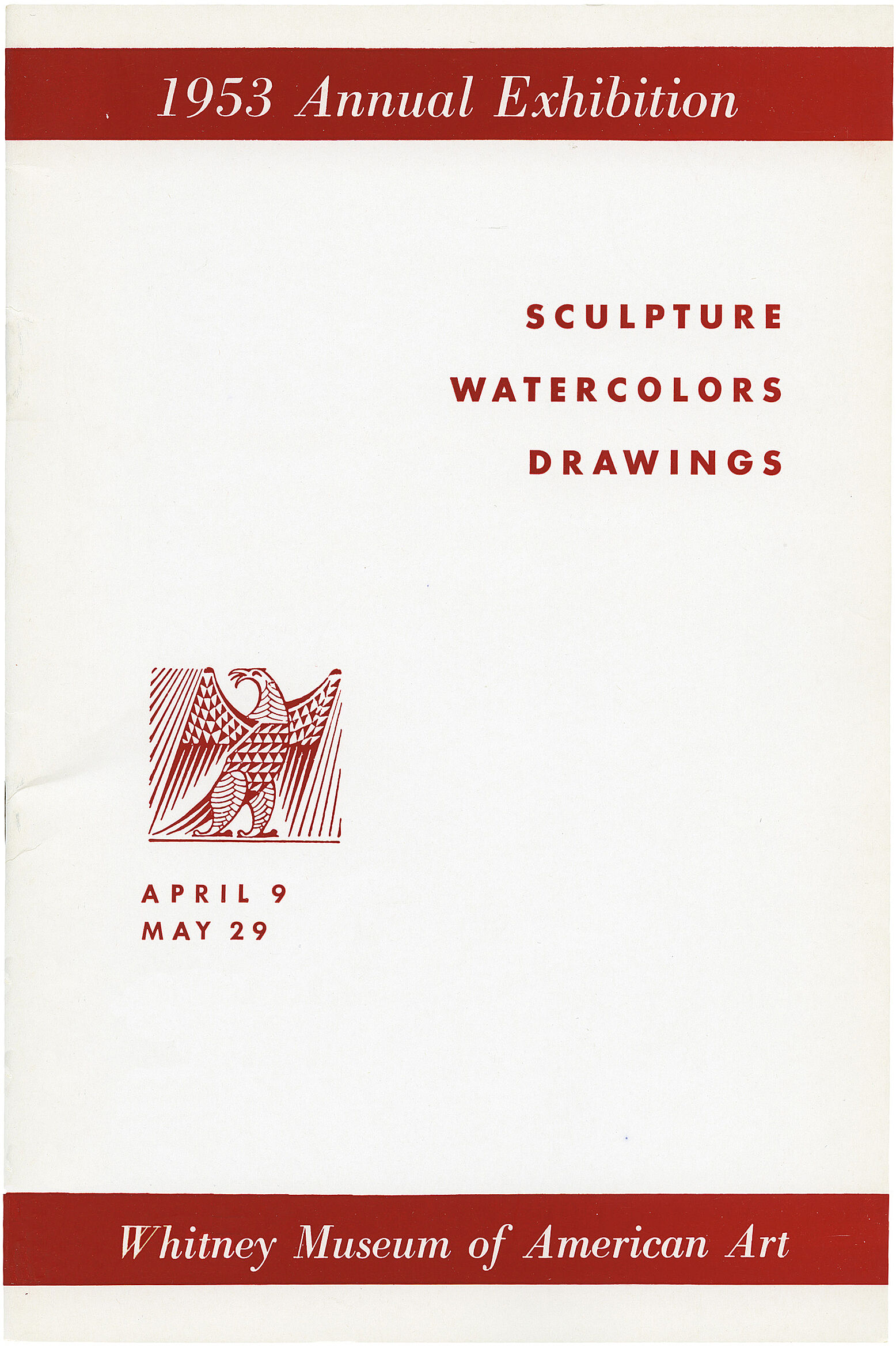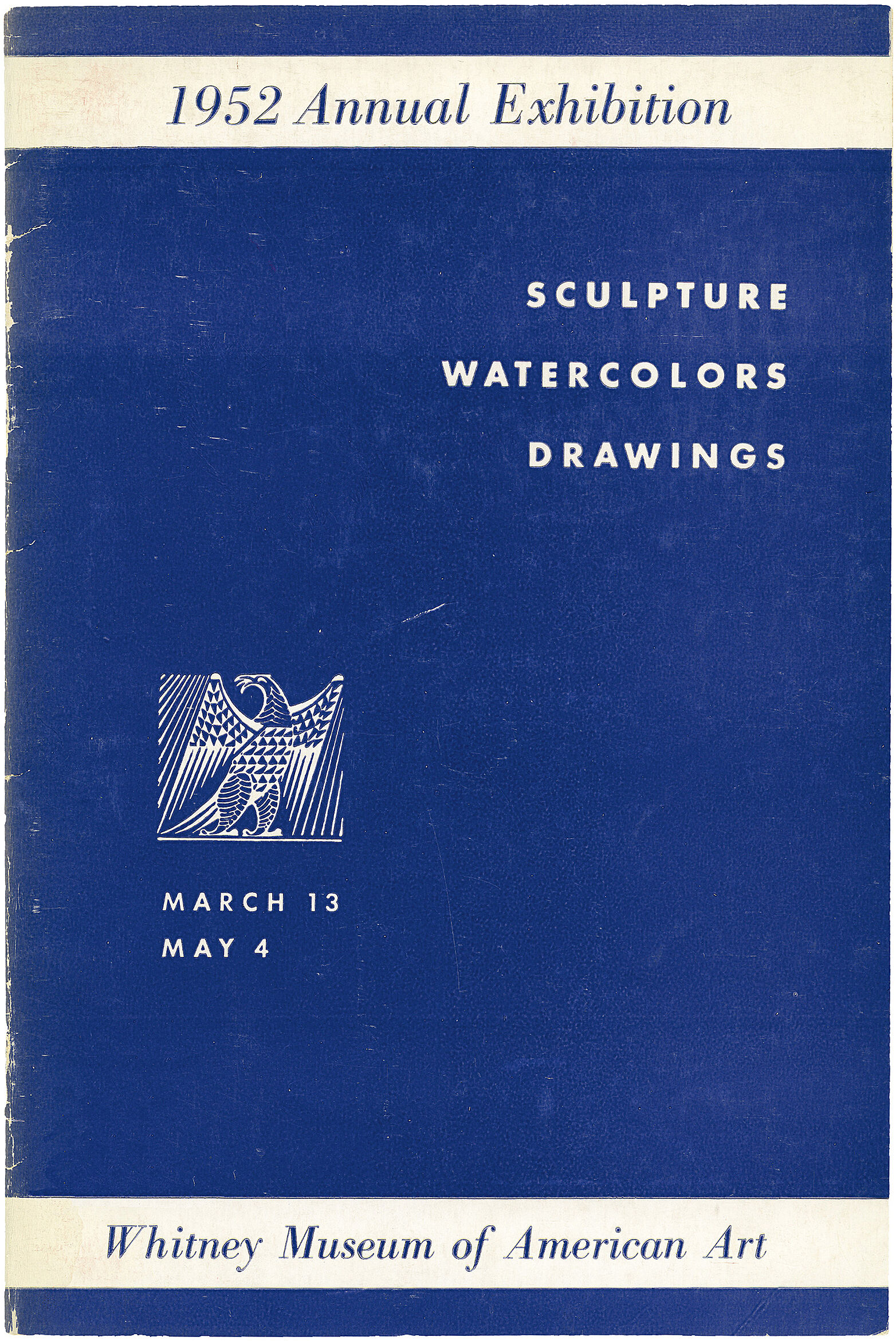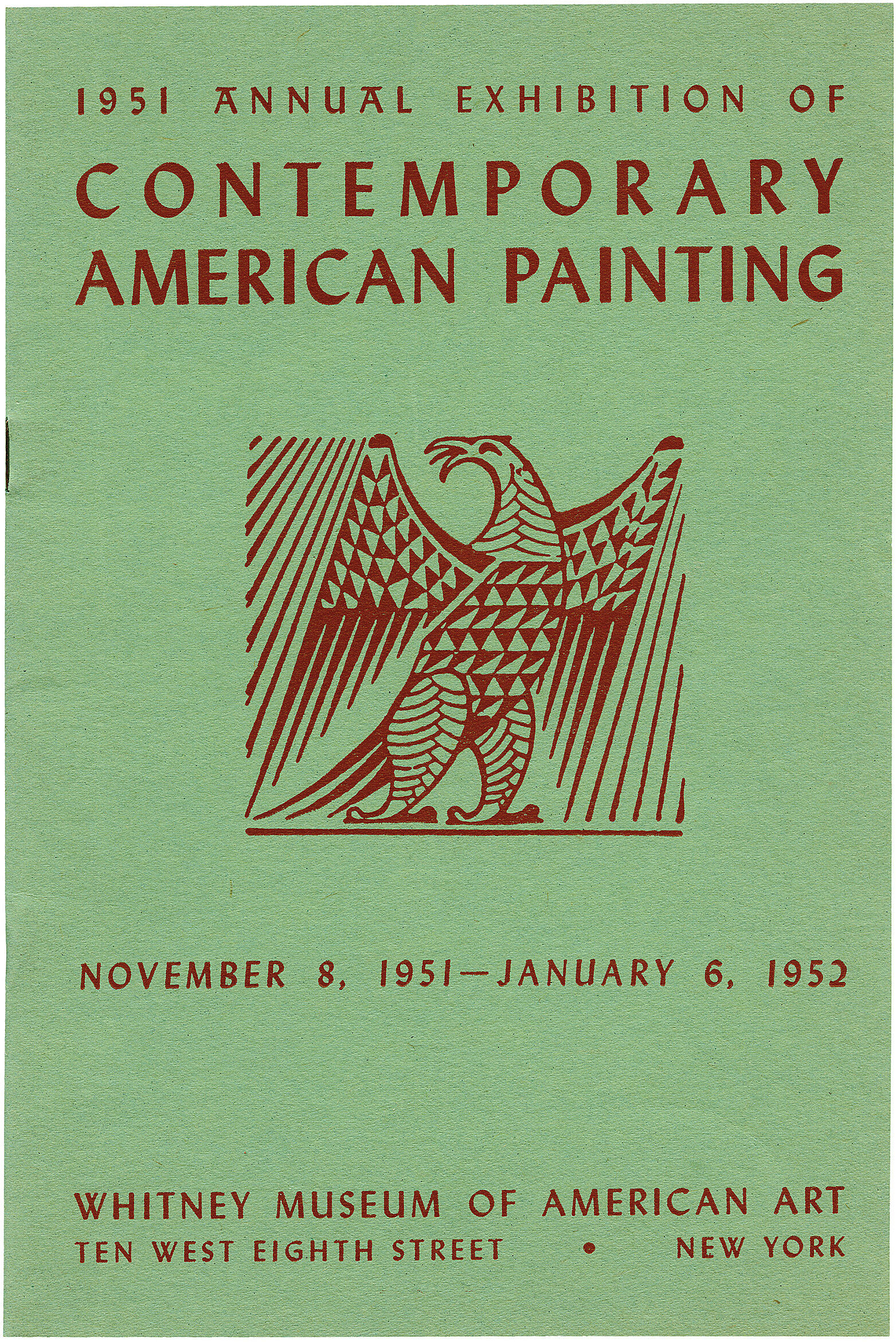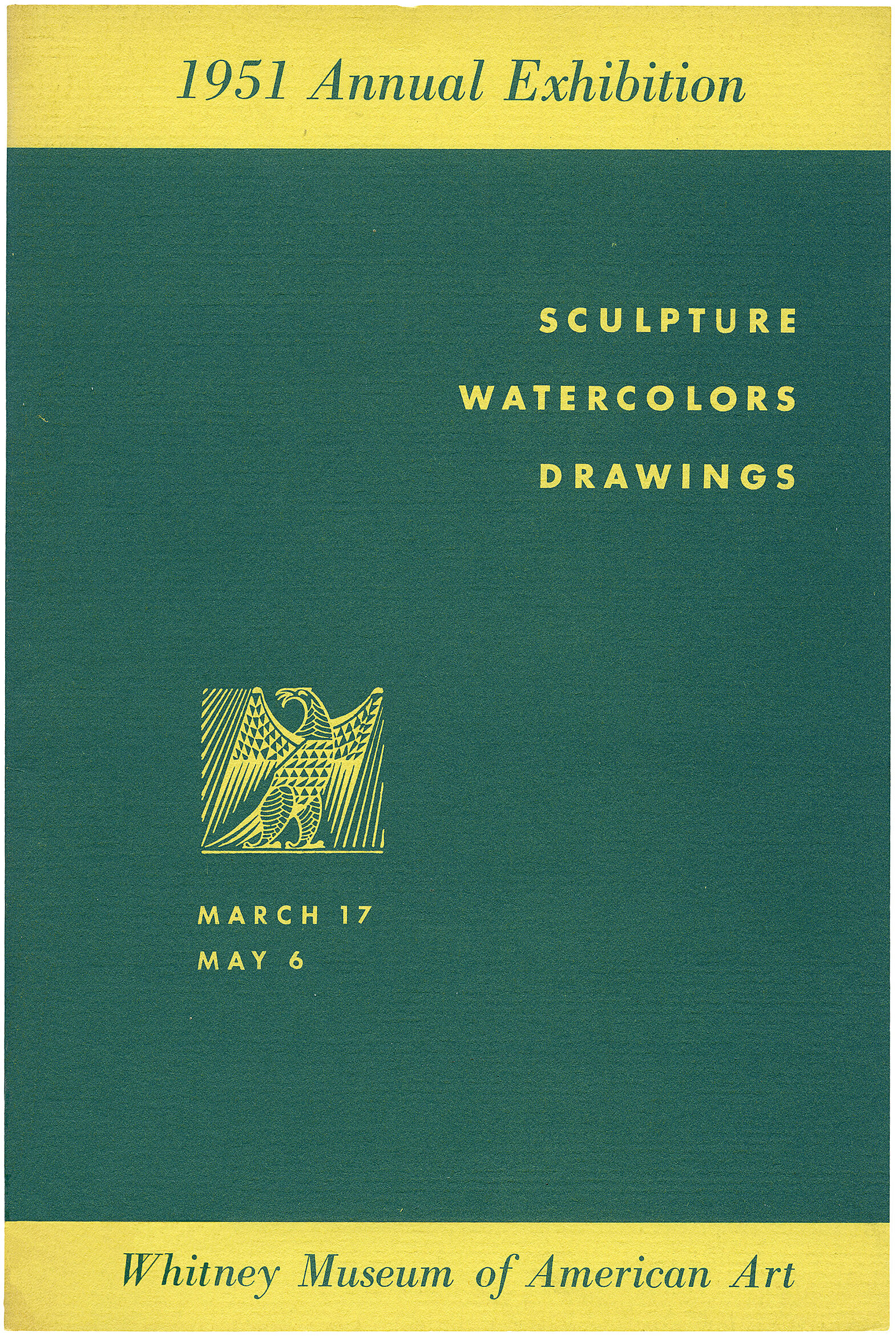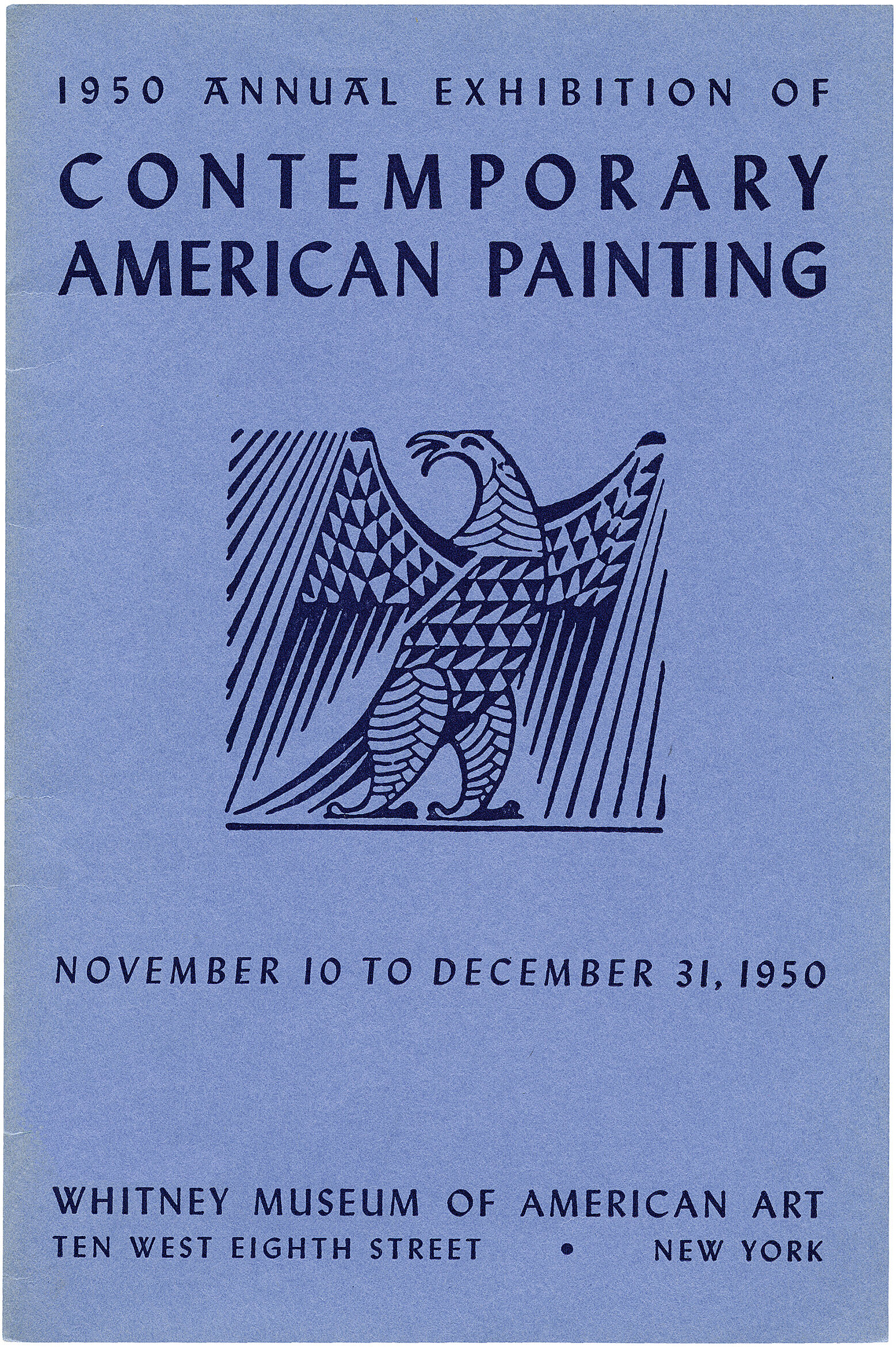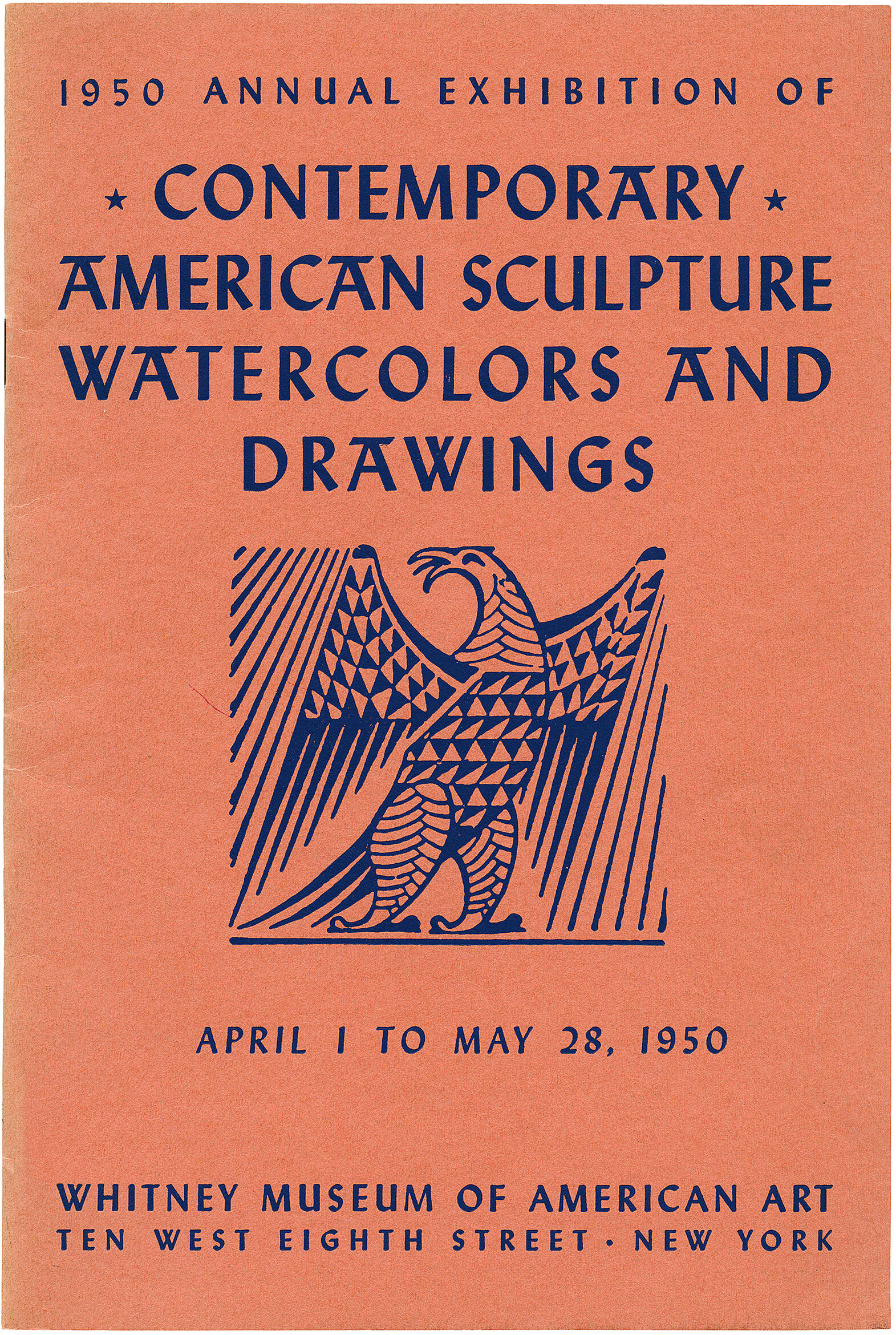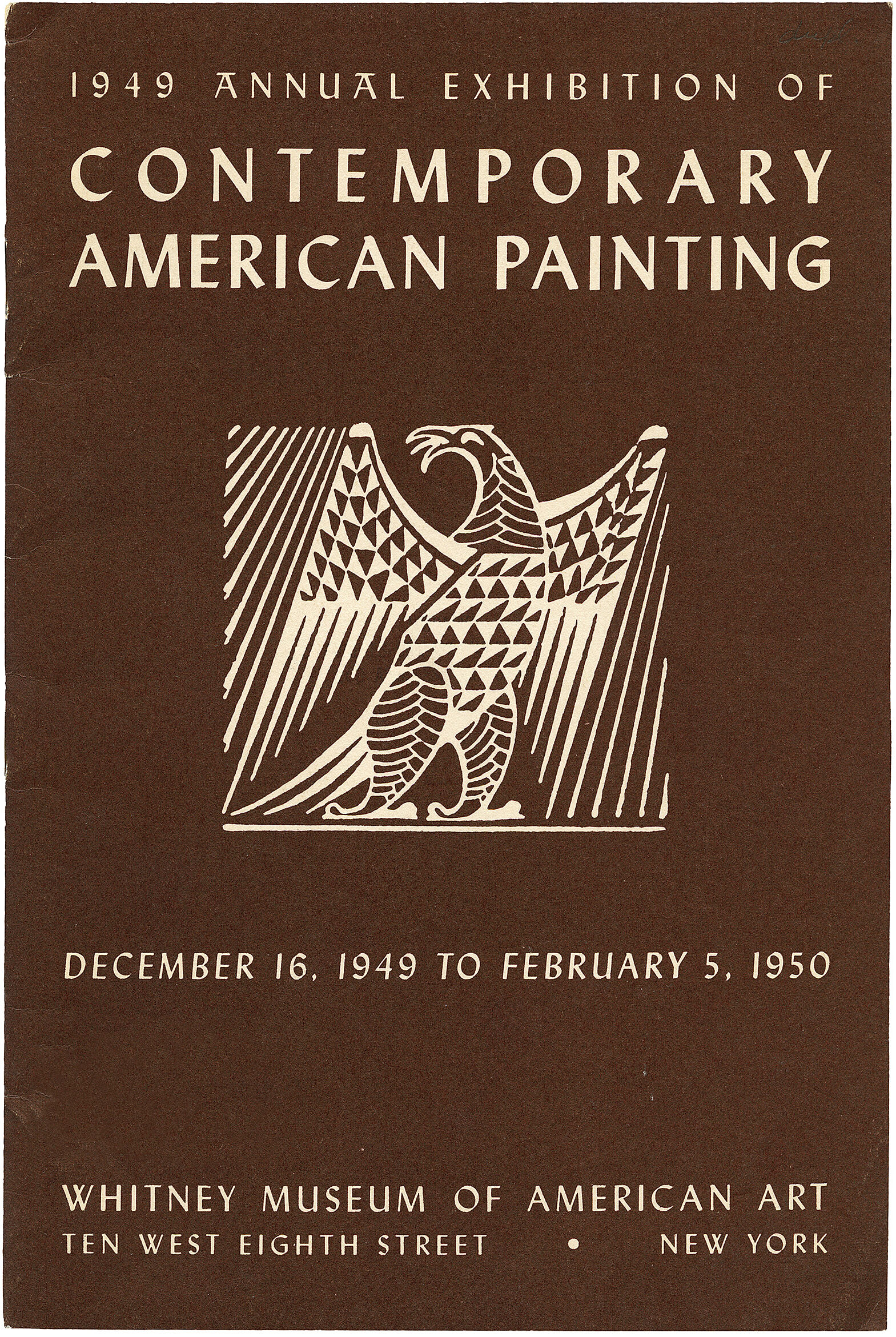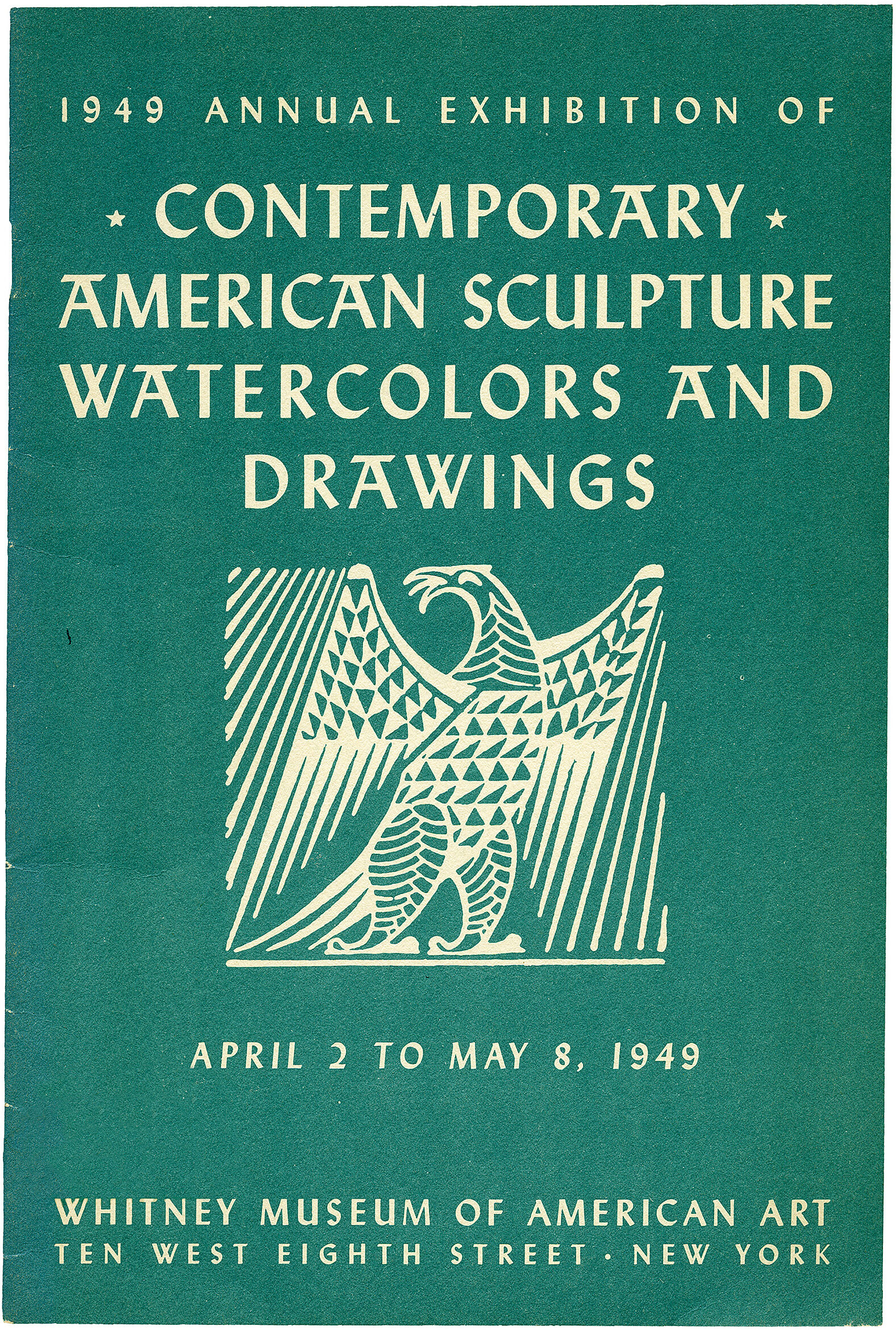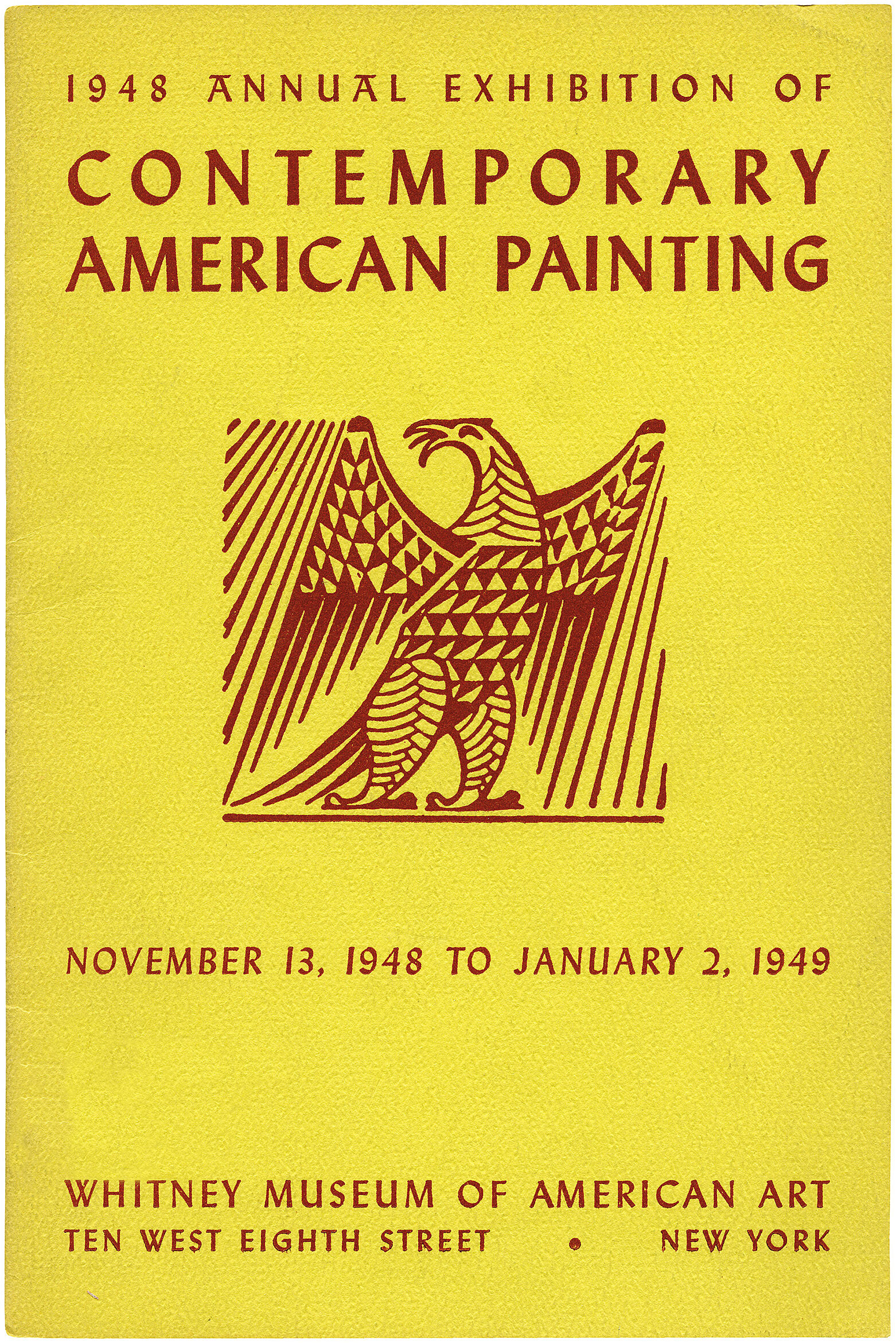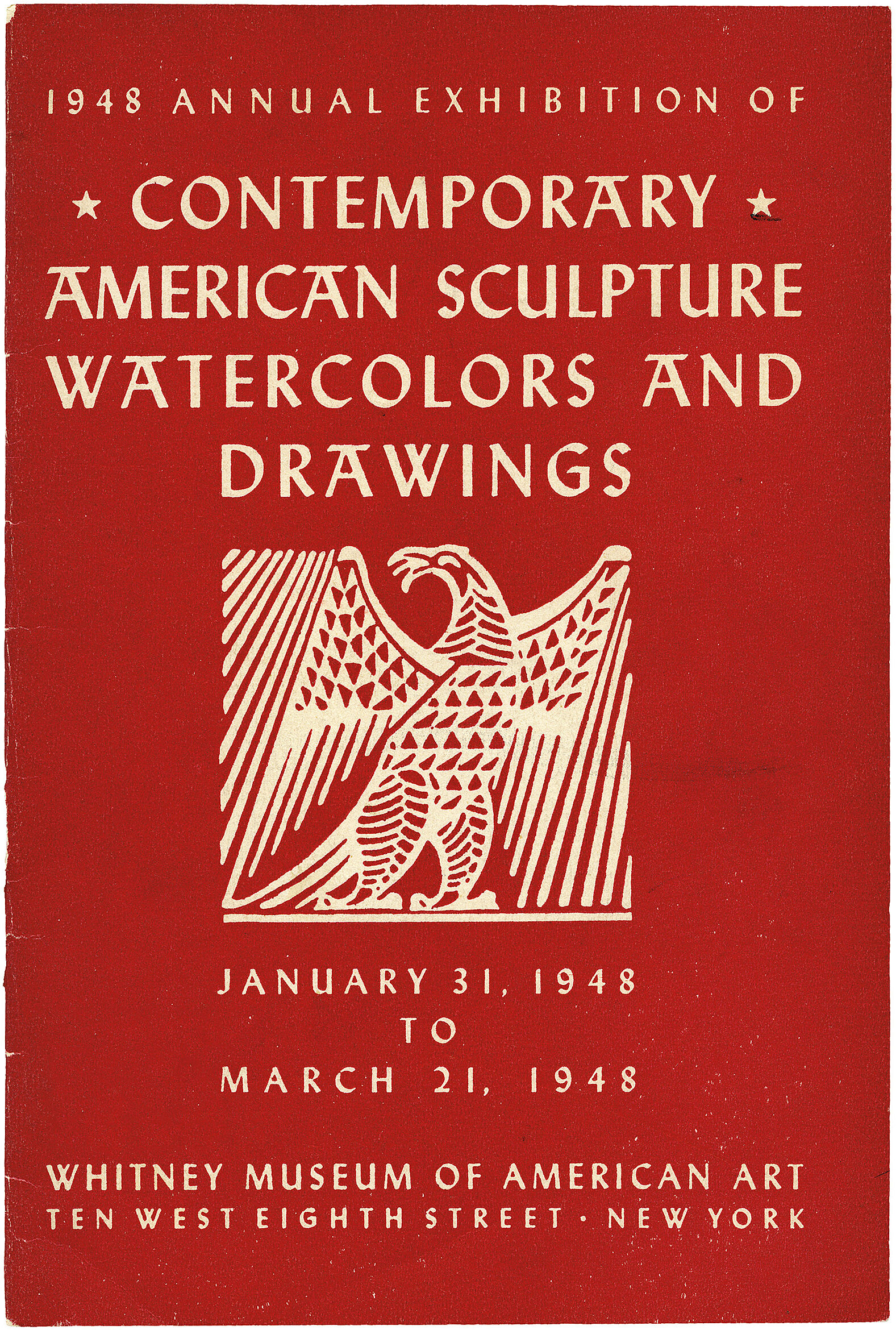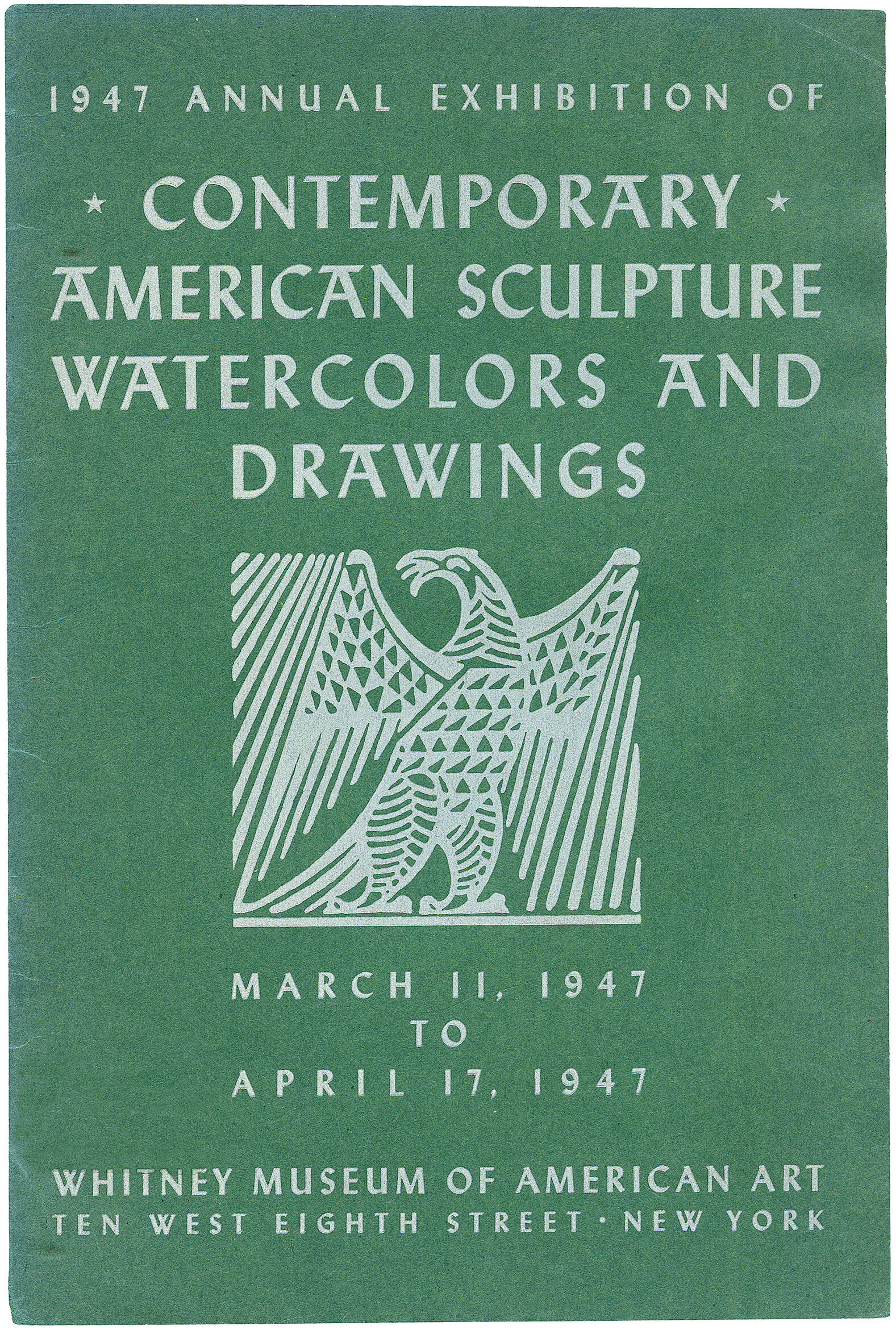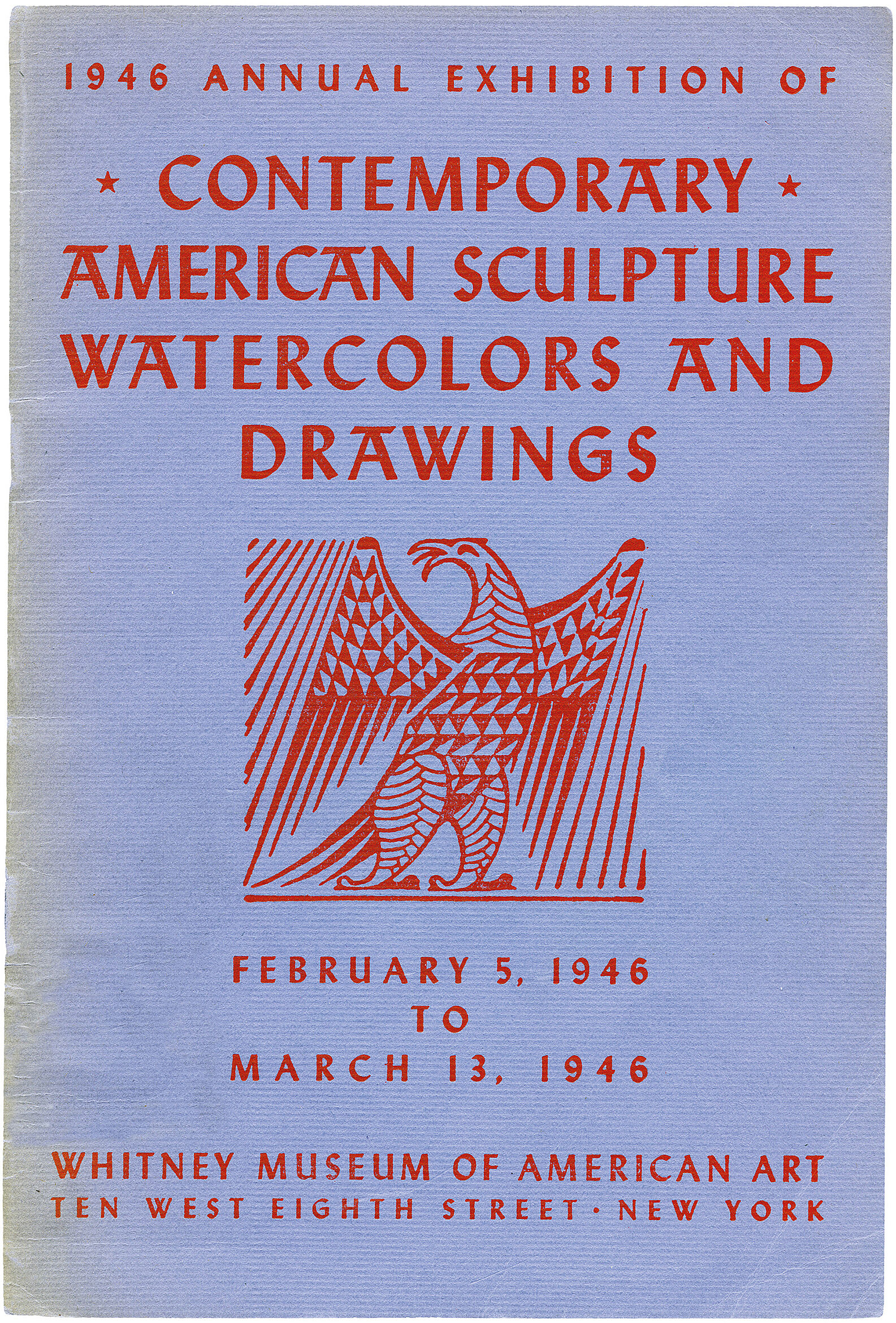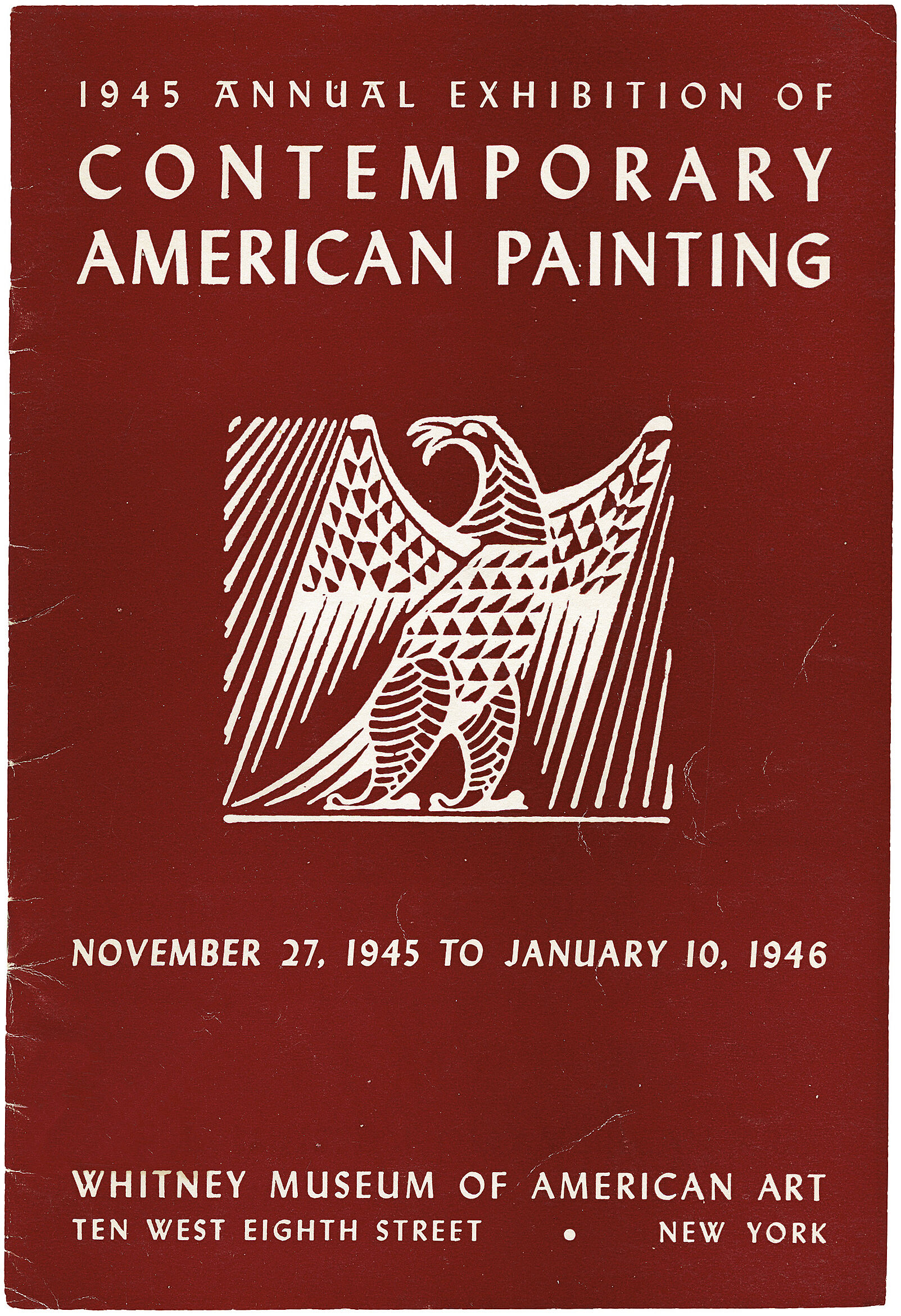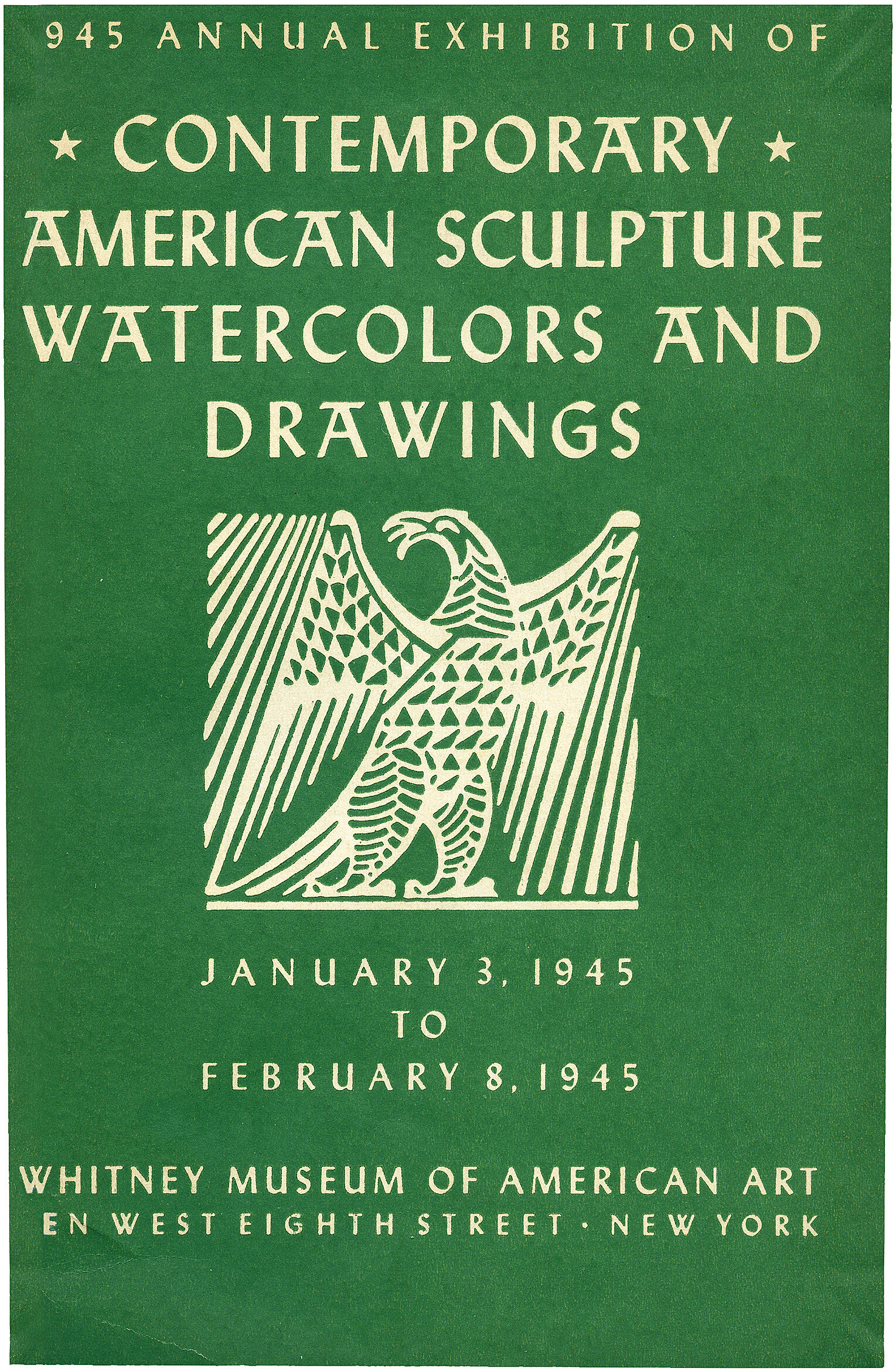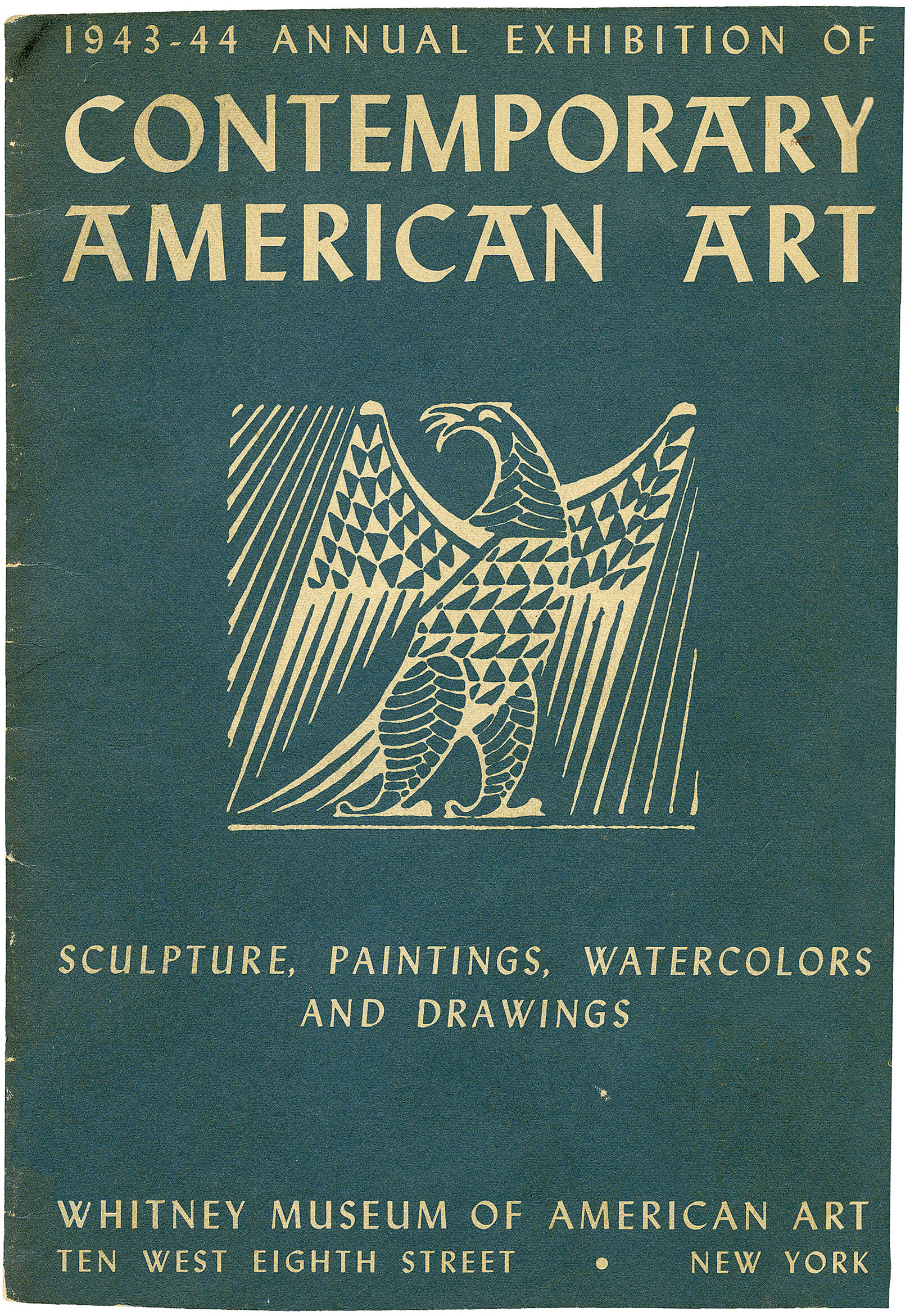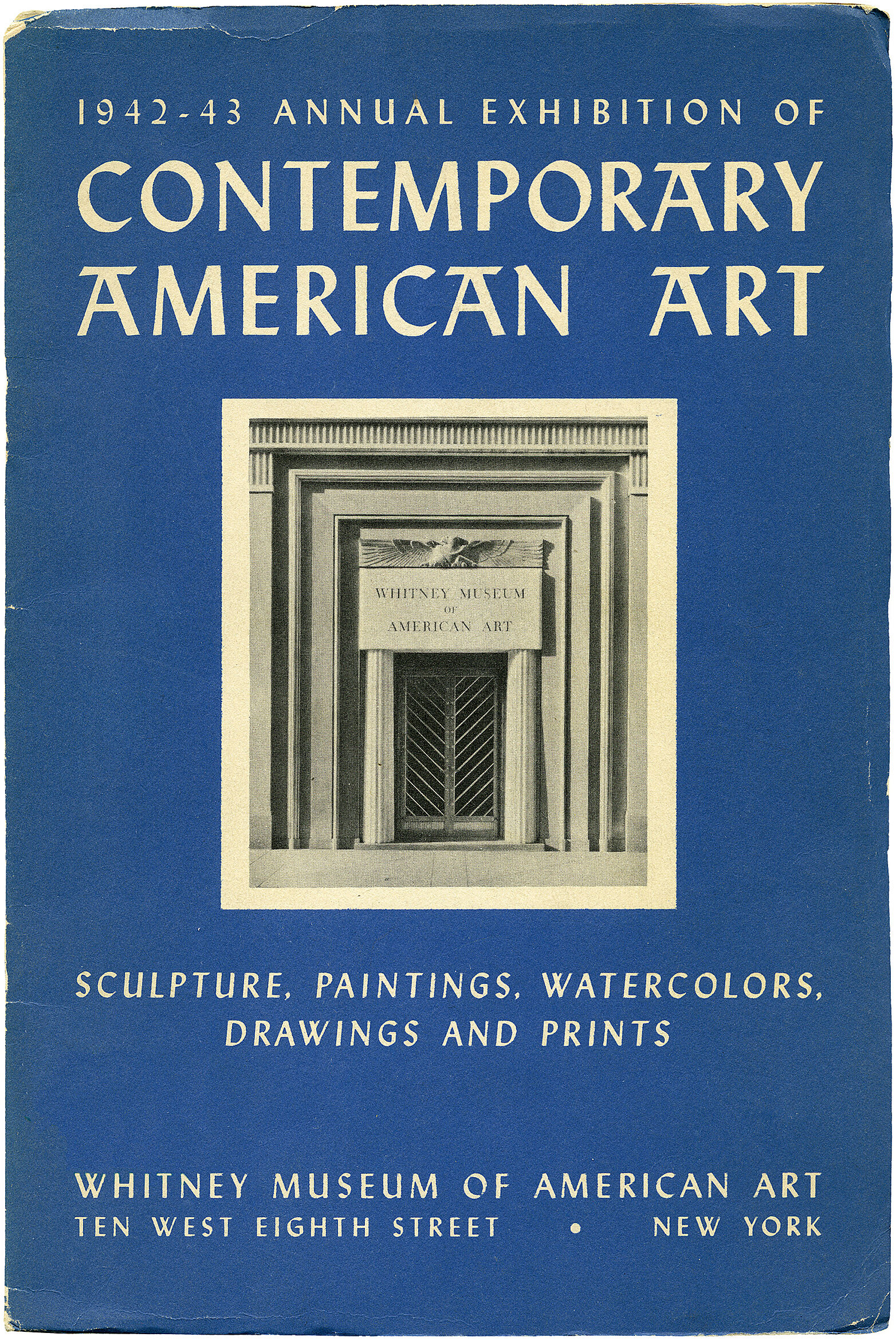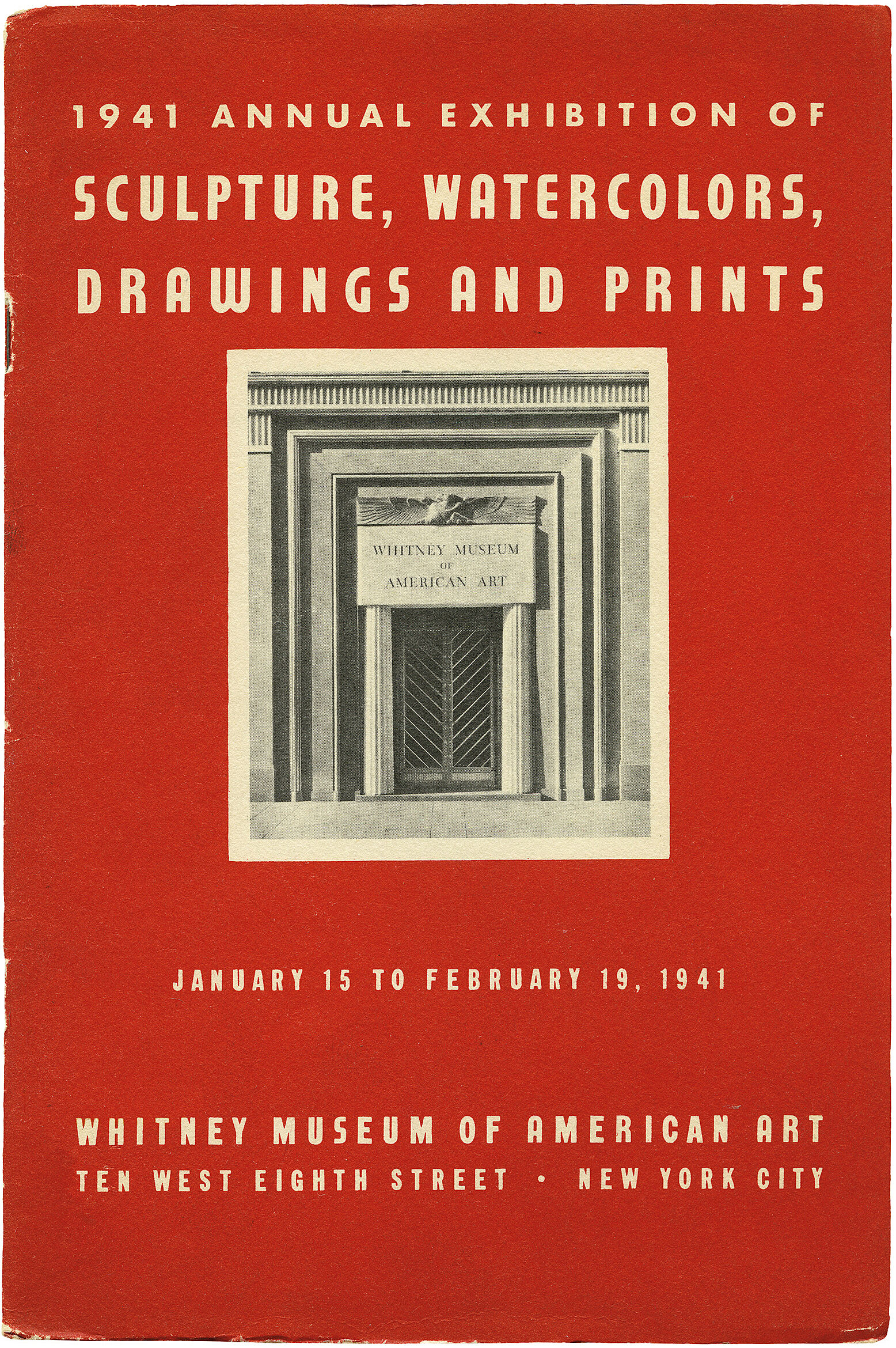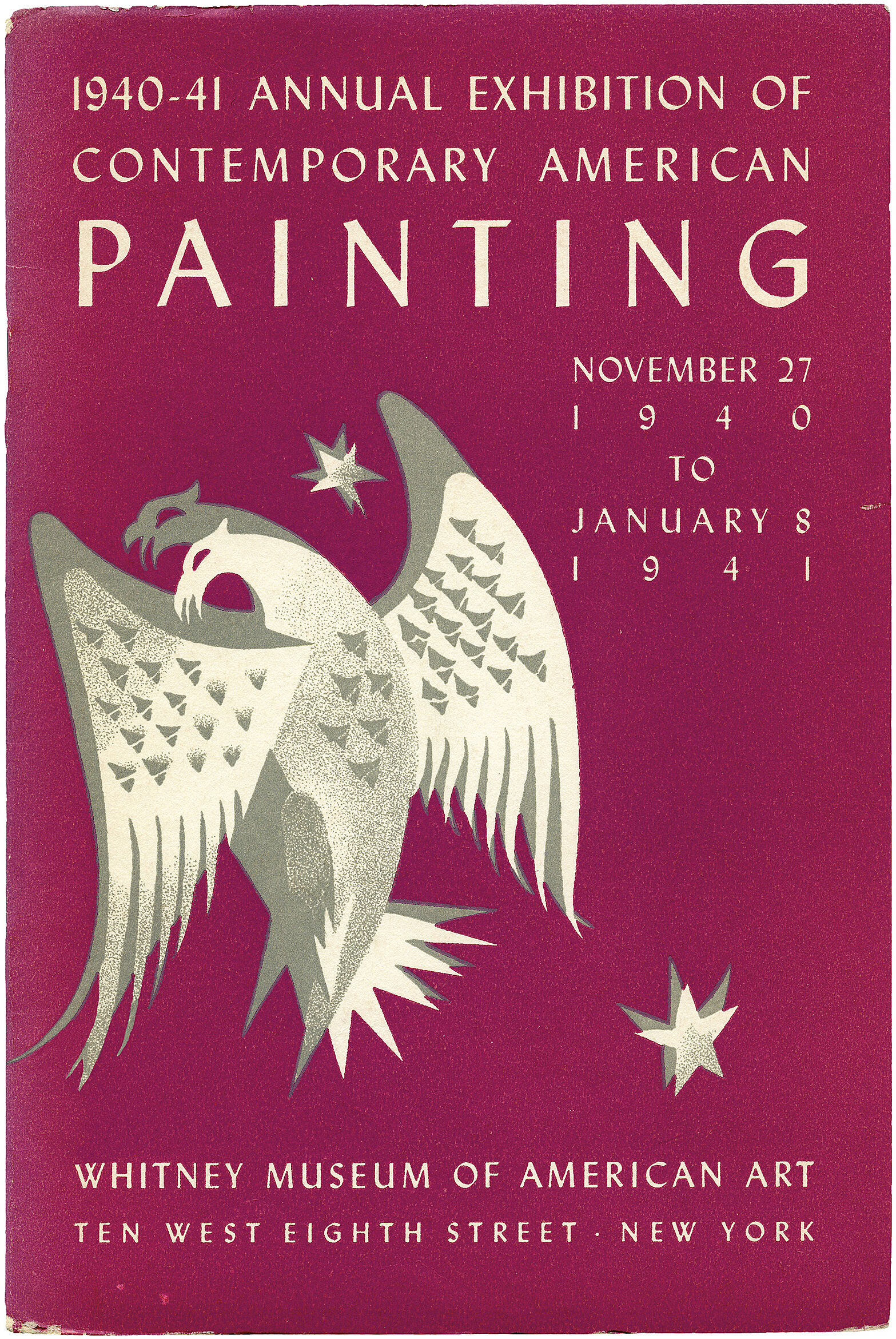Lyonel Feininger
1871–1956
Born in New York to German-American parents, Lyonel Feininger straddled two worlds. He spent much of his career in Germany, where he was a leading member of the avant-garde Expressionist groups Die Brücke and Der Blaue Reiter. But he returned to the United States in 1937 under the threat of Nazi persecution.
One of Feininger’s most cherished and enduring subjects throughout his years in Germany was the church at Gelmeroda, a small village on the outskirts of Weimar. The Gothic structure appeared in his work as early as 1908 and he eventually created a series of thirteen monumental oils devoted to the church and its spire that were executed over more than two decades. Painted not long after Feininger began teaching at the nearby Bauhaus, Gelmeroda, VIII includes overlapping, prismatic planes of diaphanous color that infuse the modest structure with a sense of epic grandeur. At the composition’s lower edge, a group of churchgoers is rendered as a series of semitranslucent triangles, their diminutive size reinforcing the church’s monumentality. By portraying the fourteenth-century structure in a language of geometric abstraction, Feininger sought to reconcile modern imperatives with the romantic spirituality of Germany’s past. This objective reflected the utopian aspirations expressed by the Bauhaus in its manifesto, which used a woodcut by Feininger of a Gothic cathedral to represent its mission of uniting painting, architecture, and sculpture.
Introduction
Lyonel Charles Adrian Feininger (; July 17, 1871 – January 13, 1956) was a German-American painter, and a leading exponent of Expressionism. He also worked as a caricaturist and comic strip artist. He was born and grew up in New York City. In 1887 he traveled to Europe and studied art in Hamburg, Berlin and Paris. He started his career as a cartoonist in 1894 and met with much success in this area. He also worked as a commercial caricaturist for 20 years. At the age of 36, he began to work as a fine artist. His work, characterized above all by prismatically broken, overlapping forms in translucent colors, with many references to architecture and the sea, made him one of the most important artists of classical modernism. Furthermore he produced a large body of photographic works and created several piano compositions and fugues for organ.
Wikidata identifier
Q158255
Information from Wikipedia, made available under the Creative Commons Attribution-ShareAlike License . Accessed November 24, 2025.
Introduction
Feininger's highly personal style was influenced by Delaunay and Cubism. He moved to Germany in 1887 and enrolled in art classes at the Allgemeinen Gewerbeschule in Hamburg, after which he left for Berlin in 1888 and studied painting at the Royal Academy (Berlin, Germany) from 1888 to 1892. In 1892 and 1906 he attended the art school in Paris run by Filippo Colarossi. From either 1893 to ca. 1907 or 1895 to 1914, Feininger produced illustrations for the journals Ulk, The Chicago Tribune and Le Témoin. He returned to painting in 1907 and was a member of the Berlin Secession from 1909 to 1913 and exhibited with the Blaue Reiter in 1913. He was appointed a Master at the Bauhaus, Weimar, in 1919 and directed the graphic workshop. In 1925 or 1926, Feininger moved to the Bauhaus, Dessau, and continued as a Master until ca. 1932 or 1933 but no longer taught classes. He was the only person to be on staff at the Bauhaus from start to finish. In 1936, Feininger left for New York and a year later, in Germany, his work was declared degenerate by the Nazis. He conducted a course at Mills College (Oakland, California) in either 1936 or from 1936 to 1937. From 1938 to 1939, he designed murals for the Marine Transportation Building and Masterpieces of Art Building at the 1939 New York World's Fair. He was elected president of the Federation of American Painters and Sculptors in 1947 and continued painting until his death in 1956. American painter. Comment on works: Landscapes
Country of birth
United States
Roles
Artist, caricaturist, cartoonist, graphic artist, illustrator, landscapist, muralist, painter, sculptor, teacher, woodcarver, woodcutter
ULAN identifier
500115308
Names
Lyonel Feininger, Feininger, Charles Léonell Feininger, Lyonel Charles Adrian Feininger, Léonell Charles Feininger, l. feininger, lionel feininger
Information from the Getty Research Institute's Union List of Artist Names ® (ULAN), made available under the ODC Attribution License. Accessed November 24, 2025.


